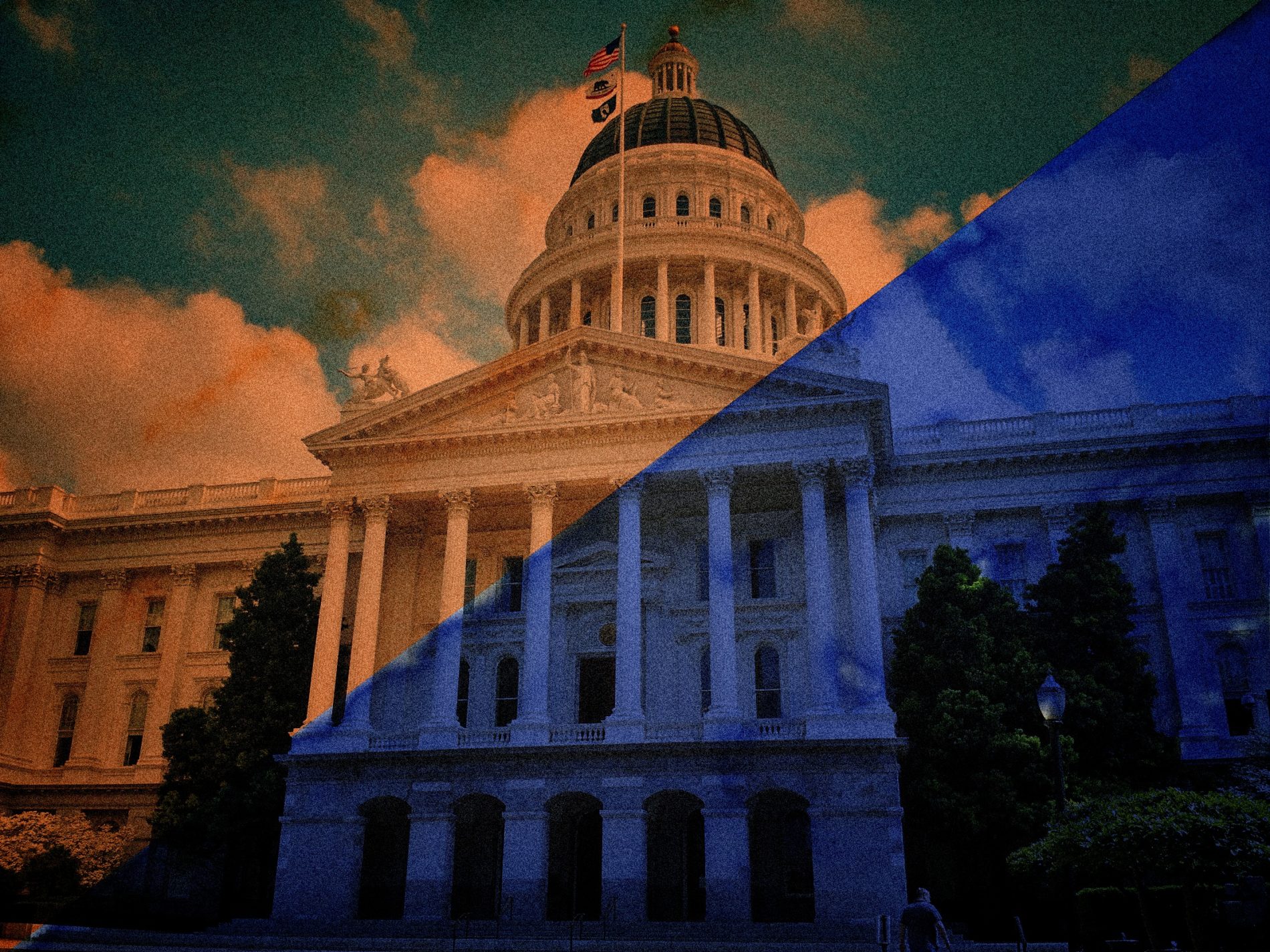February 2, 2019
It’s early morning in the outskirts of the small farm town of Visalia, California. Maria Sanchez stirs her husband awake. She is having chest pain. She has dealt with this before, but this morning feels different. Her husband gets dressed to drive her to their local hospital. Suddenly, the color fades from her face and she collapses to the ground. Her husband dials 911.
Within minutes a fire engine arrives at their house. The first responders assess Maria, identifying immediately that she is in cardiac arrest, and begin resuscitative efforts. Close on their heels is an ambulance staffed with a paramedic. As the paramedic arrives on scene, she receives a quick update from the first responders then begins advanced life support. Drill a needle into her tibia. Assess oxygen and carbon dioxide levels. Provide cardiac medications. Place a breathing tube in her trachea and ventilate. Assess her heart rhythm and deliver a shock of electricity.
Though fibrillating only moments ago, Maria’s heartbeat is organized once again. She has a pulse. But the paramedic’s work has only just begun. She performs a detailed assessment and reviews the history of events, hunting for a precipitating cause. An electrocardiogram, or ECG, reveals that Maria is suffering a heart attack. The paramedic packages Maria for transport to a specialized cardiac-receiving hospital, electronically transmits her assessment and ECG, and activates a specialized team that will be ready and waiting to place a stent in Maria’s heart shortly after her arrival—ultimately allowing her to make a full recovery.
Luckily for Maria, paramedicine is a fundamental component of our modern society. As Californians, we expect highly-trained paramedics with the dial of a phone— there for us when a loved one is ill, a bone is broken, or a life is in danger. Paramedics are important bridges and navigators in an ever-complex healthcare landscape, and have been for well over 40 years.
The California emergency medical services (EMS) system is no small feat. Rather, it is the result of a deep-rooted and continuous effort to address the health of our communities. Nationally, these needs were first identified in the infamous White Paper report to President Johnson in 1966, which spotlighted accidental injury as a major cause of morbidity and mortality and spurred modern EMS. What started as the treatment of life-threatening injury expanded to critical cardiac, neuro, and medical services in the ensuing decades.
California embraced EMS early, even launching the first accredited paramedic program in the country at UCLA. After decades of work, California now has robust medical, trauma, stroke and cardiac systems of care, much of which is unknown to the lay public, all of which are extended into their communities via paramedicine.
And yet, the healthcare landscape is dynamically changing. Hospitals are increasingly specialized and centralized. Community clinics are now expanding to meet the needs of socioeconomically disadvantaged populations who only recently gained some level of insurance coverage.
Together with government agencies, all struggle to address public health emergencies posed by a large, aging population and sporadic issues such as viral outbreak, to pull one example from our recent headlines. A coordinated system of care is expected by our communities, but there must be a common connector to facilitate the delivery of care, both preventative and emergent, to help patients navigate this system.
This presents paramedicine with an opportunity to help meet these evolving challenges. However, in order to do so California needs to modernize the way its paramedics are educated and their ability to be flexible and responsive to the needs of the patients they serve and the health systems they support. These hurdles are not insurmountable and only require an honest discussion, a pragmatic approach, political will, and most importantly paramedic leadership.
To that end, the California Paramedic Foundation seeks to spark a more robust conversation around the modernization of paramedicine in our state. Over the past several months the Foundation has worked with a coalition of stakeholders including paramedics, physicians, emergency nurses, hospitals, researchers and policy experts to design a comprehensive reform agenda centered on three integral areas— the three T’s: Training, Treatment, and Transport.
In the coming days, we will introduce subsequent articles that will expand on the three T’s, outline legislative solutions, and engage in further discussion with these experts and the public-at-large. The history of EMS is marked by inflection points that have led to better care and improved outcomes. We stand yet again in that position and look forward with great optimism that California stakeholders will work together for the betterment of our communities.



